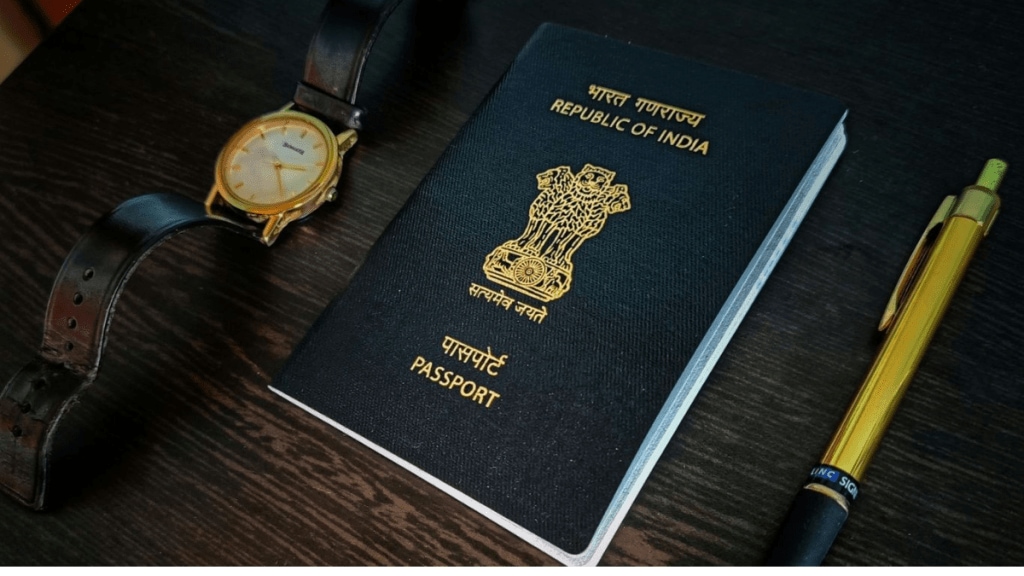The Government of India has introduced the e-Passport service, allowing applicants from various parts of the country to opt for this upgraded travel document. This move is a key component of the broader digital initiative known as Passport Seva Program (PSP) 2.0. According to the Ministry of External Affairs, the ePassport rollout began as a pilot project on April 1, 2024.
What is an ePassport?
An e-Passport is a modern travel document that merges physical and digital elements. It comes embedded with a Radio Frequency Identification (RFID) chip and a built-in antenna. This chip securely stores the passport holder’s personal data and biometric credentials. A distinctive gold-colored emblem printed beneath the front cover sets the ePassport apart from conventional passports.
As part of the broader digital transformation initiative known as Passport Seva Programme (PSP) 2.0, currently Regional Passport Offices in cities like Nagpur, Bhubaneswar, Jammu, Goa, Shimla, Raipur, Amritsar, Jaipur, Chennai, Hyderabad, Surat, and Ranchi have the necessary infrastructure to issue these next-generation e-passports.
How to Apply for an E-Passport?
Individuals can apply for an e-passport by visiting the official Passport Seva portal and following these steps:
Navigate to the Passport Seva website.
If you’re a new user, register and create an account. Existing users can simply log in with their credentials.
Complete the e-passport application form by entering all the necessary information.
Select your preferred Passport Seva Kendra (PSK) or Post Office Passport Seva Kendra (POPSK) based on location convenience.
Pay the applicable fee for the e-passport service.
Schedule an appointment by choosing a suitable date and time at your selected centre.
On the appointment day, visit the PSK or POPSK to undergo biometric data collection and submit supporting documents for verification.
Highlighted Benefits of India’s e-Passport:
Enhanced personal data security through embedded encrypted biometrics
Speeds up immigration procedures and facilitates access through automated e-gates
Adheres to global travel regulations set by the International Civil Aviation Organization (ICAO)







